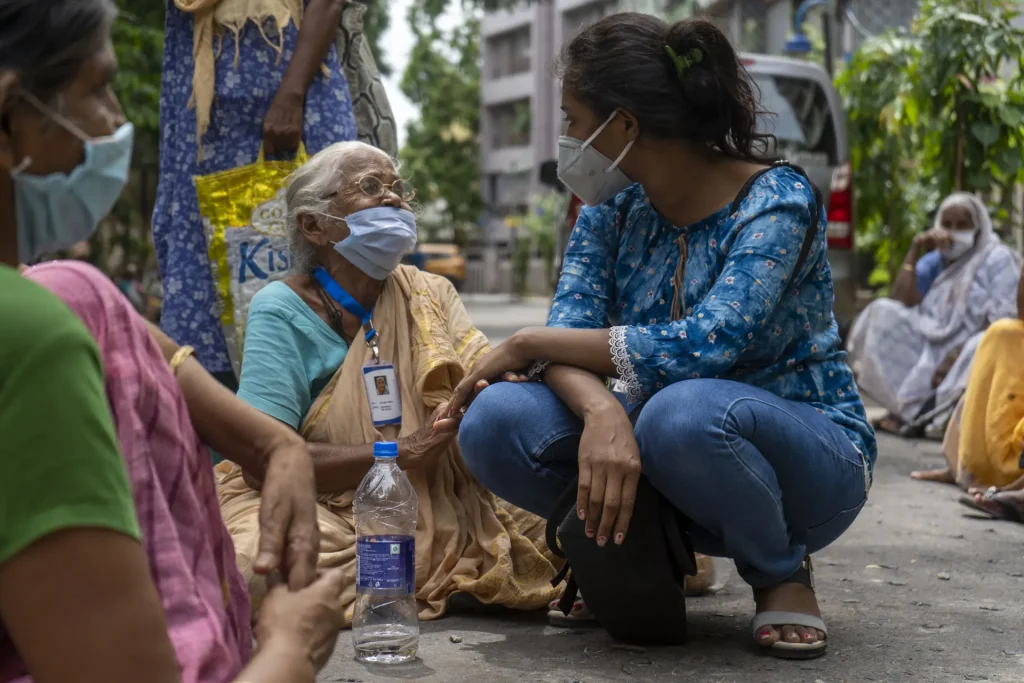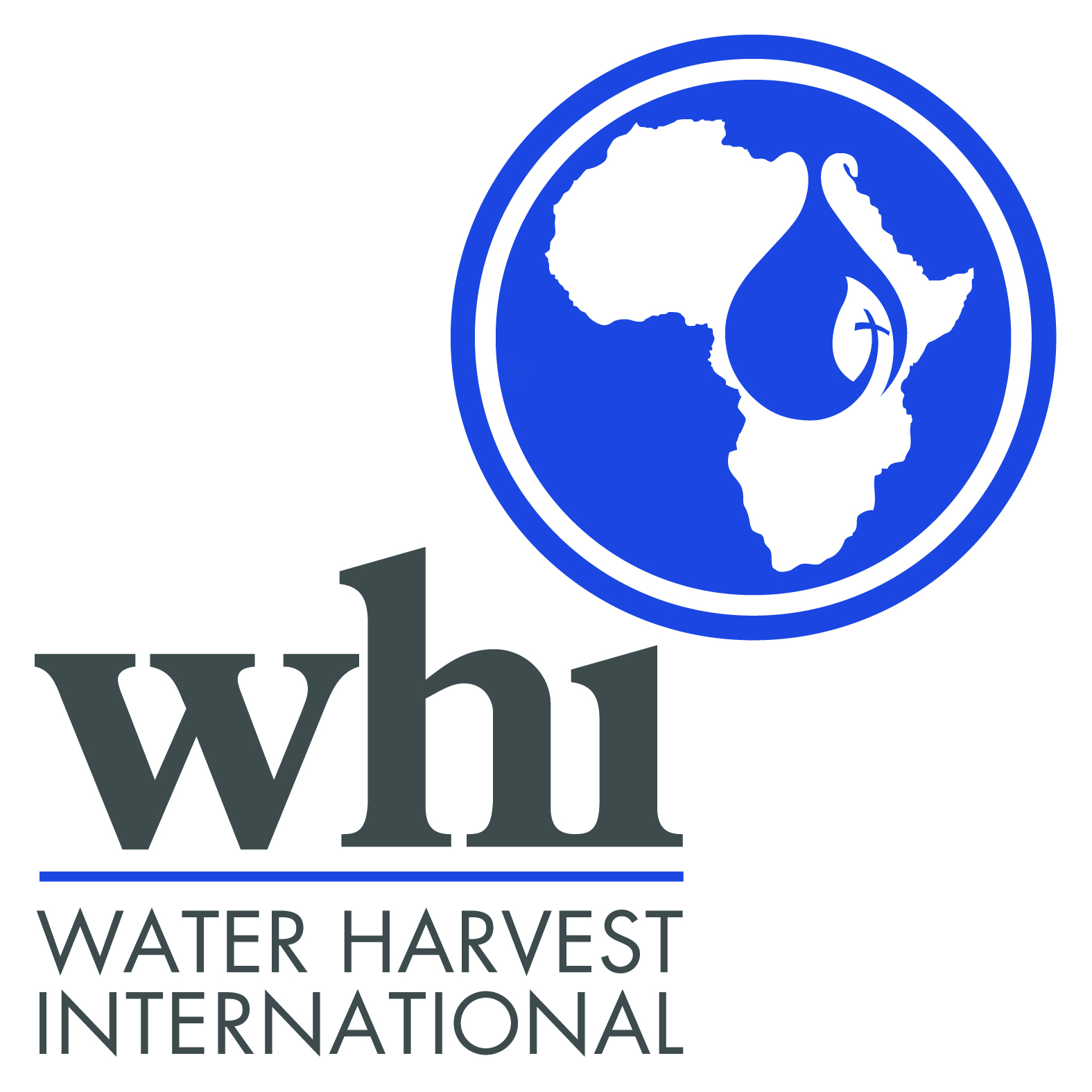Clean, safe drinking water is fundamental to life, yet it is a luxury that a considerable portion of the world’s population is still unable to afford. The World Health Organization (WHO) has been at the forefront in the crusade to ensure every global citizen has access to this basic necessity, thus preventing the needless loss of life due to water-borne diseases. Let’s delve into the depth of the WHO’s quest to provide this liquid lifeline.
Bearing the Beacon: The WHO’s Role in Advancing Global Water Health
Founded in 1948, the WHO, an agency of the United Nations, has continuously championed universal health, setting the global health agenda, shaping health research, providing guidance, and promoting health and well-being. The access to clean water, a critical aspect of ensuring global health, has been a pivotal focus in their noble efforts.
The WHO, in collaboration with UNICEF, runs the Joint Monitoring Program (JMP) for Water Supply, Sanitation, and Hygiene. This program provides global leadership, technical support, and comprehensive data on the state of water, sanitation, and hygiene services worldwide. The WHO’s JMP is instrumental in driving the United Nations’ Sustainable Development Goal 6 – to ensure availability and sustainable management of water and sanitation for all by 2030.
Indeed, the data generated from this program forms the backbone of the organization’s strategic plans and initiatives. The JMP collects and analyses data from over 180 countries. This information then becomes the basis for a plethora of programs aimed at improving water infrastructure, hygiene practices, and sanitation services. From developing innovative water purification technologies to establishing grassroots initiatives that promote water conservation, the WHO’s efforts are truly expansive and transformative.

Ripples of Change: The WHO’s Impact and Success Stories
Although the quest for universal access to clean water is ongoing, there are already numerous success stories from the WHO’s efforts that prove the tide is turning. The organization’s initiatives are saving lives, empowering communities, and laying the groundwork for sustainable progress.
A landmark project in Bangladesh tackled the menace of arsenic in drinking water. In the late 1990s, it was discovered that millions of tube wells in the country were contaminated with naturally occurring arsenic, posing a significant public health crisis. The WHO, alongside local authorities and international partners, rolled out a massive program to test millions of wells and educate the population about the dangers of arsenic-contaminated water. Today, arsenic poisoning cases have plummeted, and the country has strengthened its water testing infrastructure, thanks to this intervention.
In Africa, the WHO has been pivotal in fighting Guinea worm disease, a painful and debilitating condition caused by consuming water contaminated by the parasite. With its partners, the organization has supported local health workers in teaching communities how to filter their water before drinking. From 3.5 million cases in 1986, the disease has been reduced to less than 30 reported cases in 2021.

The impact of the WHO’s crusade for clean water is far-reaching and ongoing. Each life saved, each well purified, each policy changed is a step forward in the grand scheme of a healthier world.
Conclusion
The World Health Organization’s crusade for clean water, although a daunting task, is gradually transforming the lives of millions of people worldwide. While the road ahead remains challenging, the organization continues to make waves, serving as a beacon of hope for those still without access to safe, clean water. Every person reached is a testament to the importance of this liquid lifeline. As we acknowledge the profound significance of water in our lives, let’s take a moment to appreciate the WHO’s relentless efforts to safeguard this fundamental human right.


